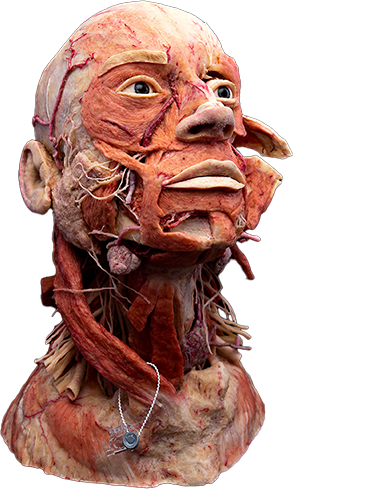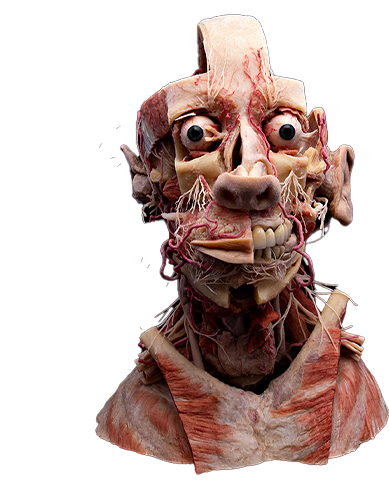PLASTINATION

Plastination is a process of preserving the human body refined by the German anatomist “Gunther von Hagens” in 1977. This is a process designed to preserve both the human body and animals. It eliminates decay and allows the body parts to solidify while becoming odorless. This allows us to touch and interact with the specimens without the concerns of disease. These specimens, however, are fragile and do break easily, hence the need to handle them very carefully.


Plastination ensures that whole human body and tissues are maintained and preserved for long-term use as valuable educational tools. It allows different types of people to learn about the human body and appreciate how it works in great detail.
Plastination is broken down into five main steps:
Arteries are filled with preservation solutions (such as Formaldehyde) to destroy bacteria and to stop the tissue from decomposing. Then dissection tools are used to carefully remove skin, fatty and connective tissue and reveal the muscular tissue that lies just deep to it.
Considered the actual start of plastination. The body is dehydrated by placing it in a solvent bath (e.g., acetone bath)., to dissolve its soluble fats and evaporate its water content.
This is considered the central step of plastination. The body specimen is immersed in a bath of liquid polymer (e.g., Silicone rubber) and placed in a vacuum chamber. The vacuum allows the acetone (which was introduced in the previous step) to be removed from the tissue and replaced with silicone. This is a very slow process and usually takes between two and five weeks.
After the forced preservation, the body is place in the desired position. It is aligned and then fixed with usage of wires, needles, clamps and foam blocks. This will allow the body to “dry” in the placed position.
This is the last step, which uses gas, light, and to make the specimen to harden while in the desired position. This step protects the Plastinates from decomposing, with all the valuable anatomical details preserved for generations to come.